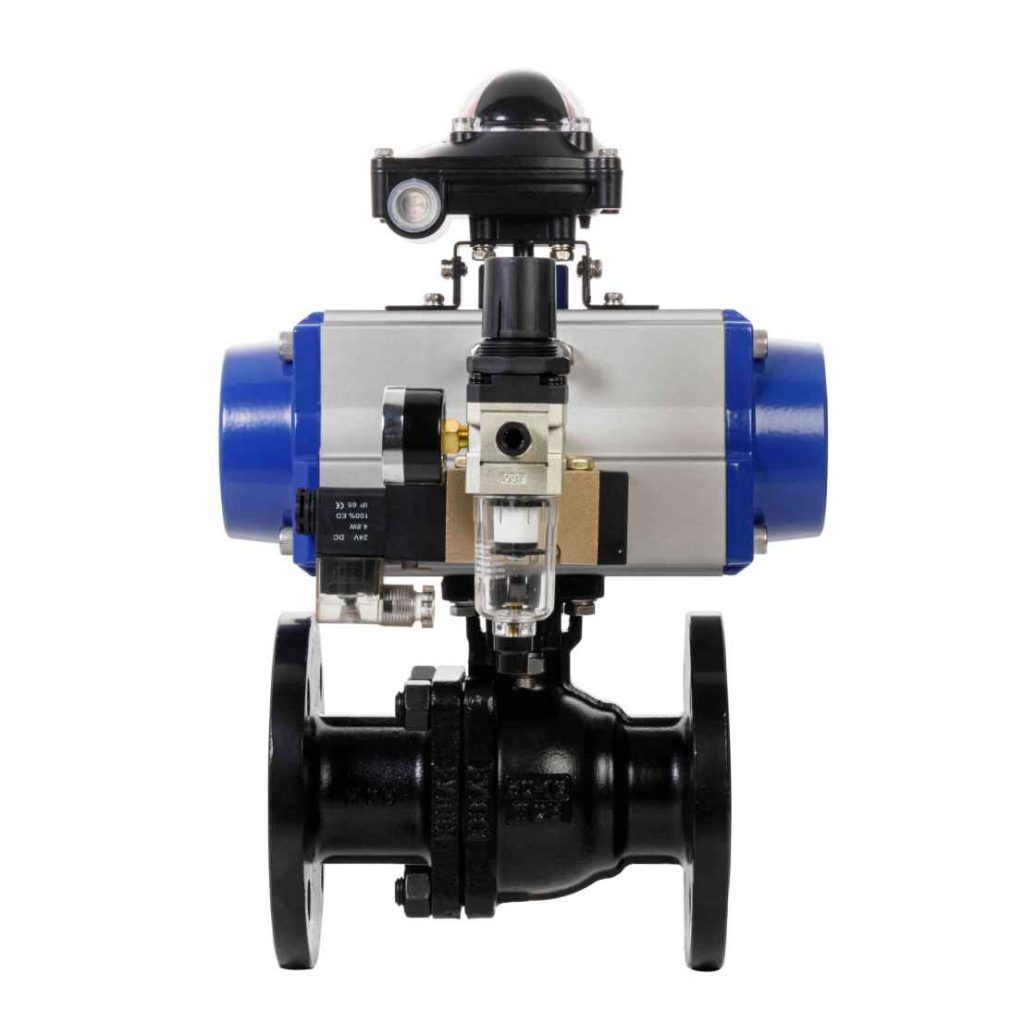Pneumatic ball valves are essential components in various industrial applications, serving as crucial tools for controlling fluid flow. Utilizing compressed air for operation, these valves offer a reliable and efficient means of regulating the passage of liquids and gases in a wide range of settings, from manufacturing facilities to oil and gas pipelines. This article delves into the structure, functioning, benefits, and applications of pneumatic ball valves, highlighting their significance in modern engineering.

Structure and Functioning

A pneumatic ball valve consists of a spherical disc, or ball, with a hole in the center, which is positioned within a valve body. The ball can rotate 90 degrees to either open or close the flow path. When the ball’s hole aligns with the flow direction, the valve is open, allowing fluid to pass through. Conversely, when the ball is turned perpendicular to the flow, the valve is closed, stopping the flow completely. The actuation of pneumatic ball valves is achieved through a pneumatic actuator, which is typically powered by compressed air. This actuator converts the air pressure into mechanical motion, allowing the ball to turn and regulate flow. Depending on the design, these actuators can be single-acting or double-acting, offering versatility in operation. Single-acting actuators return to the default position when air pressure is removed, while double-acting actuators require air pressure for both opening and closing.
